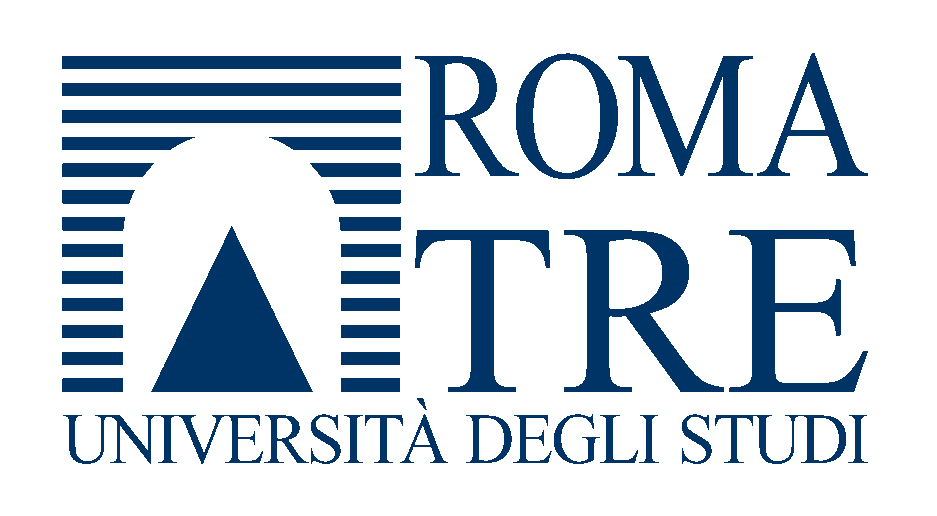Keynote Speakers
Ph.D. Morio Toyoshima

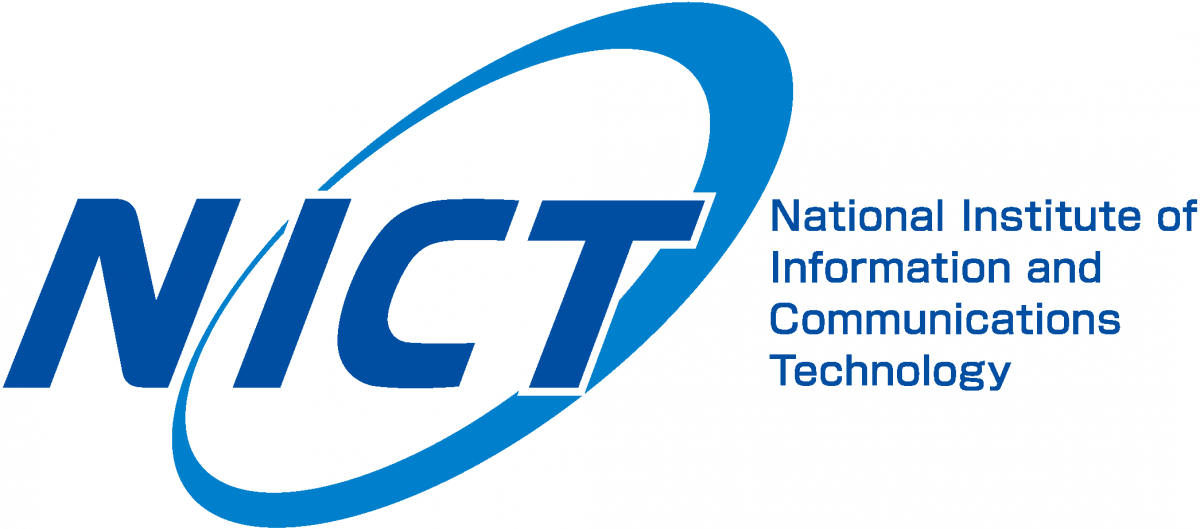 Morio Toyoshima received a Ph.D. in electronic engineering from the University of Tokyo (Tokyo, Japan) in 2003. He joined the Communications Research Laboratory (CRL, Ministry of Posts and Telecommunications) in 1994 and shortly after was engaged in research for the Engineering Test Satellite VI (ETS-VI) optical communication experiment. He joined the Japan Aerospace Exploration Agency (JAXA; formerly, NASDA) to assist in the development of the Optical Inter-orbit Communications Engineering Test Satellite (OICETS) from 1999 to 2003. He spent one year as a guest scientist at Vienna University of Technology, Austria in 2004. In April 2006, he returned to NICT, where he performed ground-to-OICETS laser communication experiments in 2006. He was involved in the development of the Small Optical TrAnsponder (SOTA) for 50-kg-class satellites and conducted the satellite-to-ground quantum communication experiments. He was also involved in the development of the communication payloads for the Engineering Test Satellite 9 (ETS-9). He is now the Director General of the Wireless Networks Research Center in NICT, since April 2021Close biography
Morio Toyoshima received a Ph.D. in electronic engineering from the University of Tokyo (Tokyo, Japan) in 2003. He joined the Communications Research Laboratory (CRL, Ministry of Posts and Telecommunications) in 1994 and shortly after was engaged in research for the Engineering Test Satellite VI (ETS-VI) optical communication experiment. He joined the Japan Aerospace Exploration Agency (JAXA; formerly, NASDA) to assist in the development of the Optical Inter-orbit Communications Engineering Test Satellite (OICETS) from 1999 to 2003. He spent one year as a guest scientist at Vienna University of Technology, Austria in 2004. In April 2006, he returned to NICT, where he performed ground-to-OICETS laser communication experiments in 2006. He was involved in the development of the Small Optical TrAnsponder (SOTA) for 50-kg-class satellites and conducted the satellite-to-ground quantum communication experiments. He was also involved in the development of the communication payloads for the Engineering Test Satellite 9 (ETS-9). He is now the Director General of the Wireless Networks Research Center in NICT, since April 2021Close biographyTitle: Space Laser Communications for Non-Terrestrial Networks toward Beyond 5G/6G
- Abstract: In recent years, as discussions on the way how the information and communication technology (ICT) should be in Beyond 5G (B5G) and 6G are accelerating, the space laser communication is becoming more advanced and active in the field of space communications. The realization of the advanced communication network is expected to connect the terrestrial and non-terrestrial networks (NTNs) seamlessly. B5G/6G will require further global spatial expansion of the network than the current 5G, which direction is toward not only two-dimensional so far but also three-dimentional expansion for the mobile platforms called NTN in the future. In this talk, the trend and future vision of the space laser communication technology toward the B5G/6G will be introducedClose abstract
Prof. Sergio Barbarossa
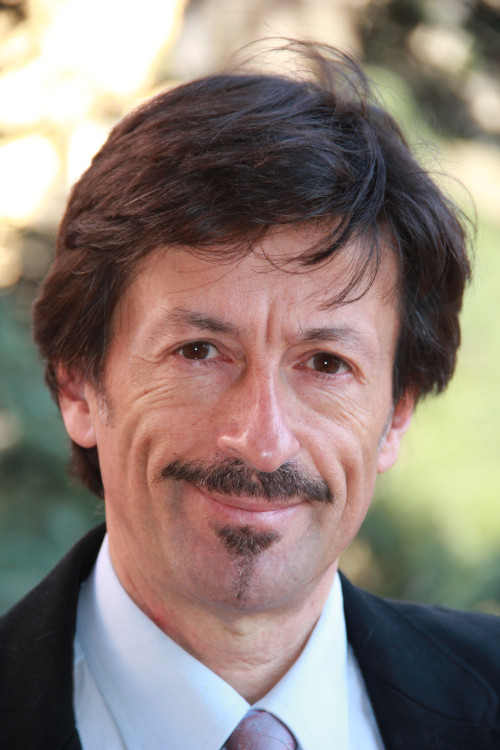
 Sergio Barbarossa is a Full Professor at Sapienza University of Rome and a Senior Research Fellow of Sapienza School for Advanced Studies (SSAS). He is an IEEE Fellow and a EURASIP Fellow. He received the IEEE Best Paper Awards from the IEEE Signal Processing Society in the years 2000, 2014, and 2020, and the Technical Achievements Award from the European Association for Signal Processing (EURASIP) society in 2010. He served as an IEEE Distinguished Lecturer in 2013-2014. He has been the scientific coordinator of several European projects. His main current research interests include topological signal processing and learning, semantic and goal-oriented communications, 6G networks and distributed edge machine learning.Close biography
Sergio Barbarossa is a Full Professor at Sapienza University of Rome and a Senior Research Fellow of Sapienza School for Advanced Studies (SSAS). He is an IEEE Fellow and a EURASIP Fellow. He received the IEEE Best Paper Awards from the IEEE Signal Processing Society in the years 2000, 2014, and 2020, and the Technical Achievements Award from the European Association for Signal Processing (EURASIP) society in 2010. He served as an IEEE Distinguished Lecturer in 2013-2014. He has been the scientific coordinator of several European projects. His main current research interests include topological signal processing and learning, semantic and goal-oriented communications, 6G networks and distributed edge machine learning.Close biographyTitle: Semantic and goal-oriented communications
- Abstract: The goal of this talk is to illustrate the potentials of a paradigm shift from the conventional Shannon-based approach to semantic and goal-oriented communications. The first part of the talk is devoted to the design of a goal-oriented communication network based on the information bottleneck (IB) method, as a principled way to identify and transmit only the relevant information with respect to the goal of communication. The IB principle is then exploited to derive a communication architecture that adapts the transmission data rate as a function of key performance indicators tuned to the application underlying the data communication. The rest of the talk is devoted to the use of probabilistic diffusion models as a way to design communication systems where the receiver, rather than tryng to recover all the transmitted bits used to encode a semantic message, regenerates a message that is semantically equivalent to the transmitted one. This approach provides many additional degrees of freedom that can be exploited to improve the effectiveness of wireless networksClose abstract
Prof. Ana Garcia Armada
 Ana Garcia Armada is a Professor at Universidad Carlos III de Madrid (UC3M), Spain. She has been a visiting scholar at Stanford University, Bell Labs, and University of Southampton. She has published more than 250 papers in conferences and journals and she holds five patents. She serves on the editorial boards of IEEE Transactions on Communications, IEEE Open Journal of the Communications Society and ITU Journal on Future and Evolving Technologies. She has been a member of the organizing committee of several conferences, including IEEE Globecom 2021 as the General Chair. She has received several awards from UC3M, the third place Bell Labs Prize 2014, the outstanding service award from the IEEE ComSoc Signal Processing and Communications Electronics technical committee, the outstanding service award from the IEEE ComSoc Women in Communications Engineering standing committee and the IEEE ComSoc/KICS Exemplary Global Service Award. Her research mainly focuses on signal processing applied to wireless communicationsClose biography
Ana Garcia Armada is a Professor at Universidad Carlos III de Madrid (UC3M), Spain. She has been a visiting scholar at Stanford University, Bell Labs, and University of Southampton. She has published more than 250 papers in conferences and journals and she holds five patents. She serves on the editorial boards of IEEE Transactions on Communications, IEEE Open Journal of the Communications Society and ITU Journal on Future and Evolving Technologies. She has been a member of the organizing committee of several conferences, including IEEE Globecom 2021 as the General Chair. She has received several awards from UC3M, the third place Bell Labs Prize 2014, the outstanding service award from the IEEE ComSoc Signal Processing and Communications Electronics technical committee, the outstanding service award from the IEEE ComSoc Women in Communications Engineering standing committee and the IEEE ComSoc/KICS Exemplary Global Service Award. Her research mainly focuses on signal processing applied to wireless communicationsClose biographyTitle: What waveform would we like for 6G?
- Abstract: The evolution of mobile communications towards 6G will enable new applications and services that require a new radio interface able to meet new key performance indicators (KPIs). These mobile systems should be capable of operating in all kinds of environments, including some challenging ones that were not fully covered with 5G. What new requirements do we have for the waveform and the way the radio resources are organized? These have an enormous impact on the achievability of the KPIs and the ubiquitous provision of mobile services. This talk examines the properties, advantages, and disadvantages of some recently proposed waveforms and advocates that the key ingredient in this evolution is flexibility. Different ways to multiplex the pilots and data in an efficient way are explored as well, together with the option of not requiring any of them via non-coherent demodulationClose abstract
Prof. Elisabetta Farella


Title: Tiny machine learning for resource-efficient networked embedded systems
- Abstract: In the era of the Internet of Things (IoT), the deployment of resource-constrained embedded systems is proliferating, thus enabling the collection of heterogeneous data from objects, humans, animals and the environment. As the demand for intelligent decision-making at the edge grows, integrating machine learning and artificial intelligence into these networked embedded systems becomes imperative. However, the inherent limitations in terms of power, memory, and processing capabilities pose significant challenges. This talk explores the emerging paradigm of 'Tiny Machine Learning' (TinyML) as a transformative approach to enable intelligent processing on resource-constrained devices. We delve into the methodologies and techniques that make TinyML feasible for embedded systems and provide examples of complex AI tasks made 'tiny', emphasizing the need for efficient model architectures, lightweight algorithms, and favourable combinations of hardware and software.Close abstract
Prof. Mohammad Ali Khalighi

 Mohammad Ali Khalighi — institute Fresnel, Marseille, France (Senior Member, IEEE) is Associate Professor with Ecole Centrale Marseille, Marseille, France, and head of 'Optical Communications for loT' group at Fresnel Institute research lab. He is currently serving as Project Coordinator for the H2020 ITN MSCA VisloN project (Visible-light-based Interoperability and Networking) and Action Chair for the COST Action CA19111 NEWFOCUS (European Net-work on Future Generation Optical Wireless Communication Technologies). He has co-edited the book 'Visible Light Communications: Theory and Applications' (CRC Press, 2017) and was the co-recipient of the 2019 Best Survey Pa-per Award of the IEEE Communications Society. He is also serving as Editor-at-Large for the IEEE Transactions on Communications, and served as Associate Editor for the IET Electronics Letters as well as Guest Editor for the IEEE Open Journal of the Communications Society and Elsevier Optik journal. His main research interests include signal processing for wireless communication systems with an emphasis on the physical layer aspects of free-space, underwater, and indoor visible-light optical communications.Close biography
Mohammad Ali Khalighi — institute Fresnel, Marseille, France (Senior Member, IEEE) is Associate Professor with Ecole Centrale Marseille, Marseille, France, and head of 'Optical Communications for loT' group at Fresnel Institute research lab. He is currently serving as Project Coordinator for the H2020 ITN MSCA VisloN project (Visible-light-based Interoperability and Networking) and Action Chair for the COST Action CA19111 NEWFOCUS (European Net-work on Future Generation Optical Wireless Communication Technologies). He has co-edited the book 'Visible Light Communications: Theory and Applications' (CRC Press, 2017) and was the co-recipient of the 2019 Best Survey Pa-per Award of the IEEE Communications Society. He is also serving as Editor-at-Large for the IEEE Transactions on Communications, and served as Associate Editor for the IET Electronics Letters as well as Guest Editor for the IEEE Open Journal of the Communications Society and Elsevier Optik journal. His main research interests include signal processing for wireless communication systems with an emphasis on the physical layer aspects of free-space, underwater, and indoor visible-light optical communications.Close biographyTitle: Unleashing a New Era for the Internet of Underwater Things Through Optical Wireless Communications
- Abstract: The recent proliferation of human activities in underwater environments, spanning environmental monitoring, underwater exploration, offshore oil field exploration/monitoring, disaster prevention, etc., has increased the need for reliable and secure underwater communications. In particular, as robotics play an ever-growing role in underwater missions and with recent advances in the design and development of autonomous underwater vehicles, there is a growing demand for broadband underwater links with significantly enhanced performance. In the context of the Internet of Underwater Things paradigm, underwater wireless optical communication emerges as a promising technology capable of providing very high data rates, low delay latencies, low energy consumption, and minimal environmental impact. This presentation provides an overview of the latest advancements in the UWOC links, with a specific emphasis on techniques aimed at enhancing link robustness, range, and data rateClose abstract
Invited Speakers
Ph.D. Zahra Nazari


Title: Optics in Autonomous Driving Sensors, Working as A Researcher In An Industry – Challenges and Opportunities
Prof. Volker Jungnickel
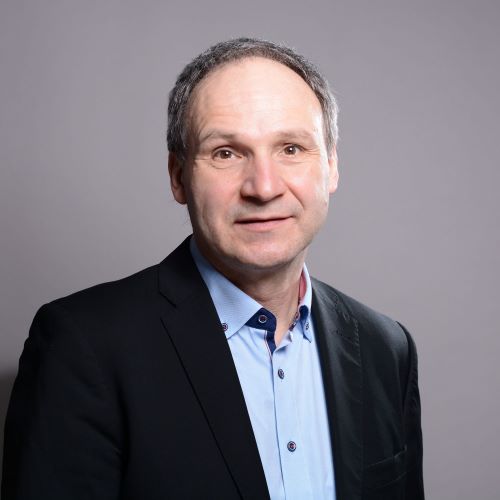
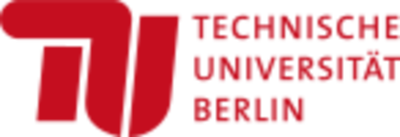 Volker Jungnickel (M) received PhD and habilitation in Physics and Communications Engineering in 1995 and 2015, respectively. He joined Fraunhofer HHI in 1997, working on optical wireless communications, multiple antennas in mobile networks and fixed optical access networks. Volker teaches and supervises thesis at TU Berlin, where he was appointed as extraordinary professor in 2021. Volker serves in optical wireless standards as chair of IEEE P802.15.13 and as technical editor of IEEE P802.11bbClose biography
Volker Jungnickel (M) received PhD and habilitation in Physics and Communications Engineering in 1995 and 2015, respectively. He joined Fraunhofer HHI in 1997, working on optical wireless communications, multiple antennas in mobile networks and fixed optical access networks. Volker teaches and supervises thesis at TU Berlin, where he was appointed as extraordinary professor in 2021. Volker serves in optical wireless standards as chair of IEEE P802.15.13 and as technical editor of IEEE P802.11bbClose biographyTitle: 802.15.13 and 802.11bb: New standards for optical wireless communications
- Abstract: IEEE 802 has recently published two new standards for optical wireless communications. While IEEE Std 802.15.13-2023 is tailored for industrial, medical and backhaul applications, which require high reliability, low latency and zero jitter, IEEE Std 802.11bb-2023 is intended for the mass market aiming at low cost so that the reuse of existing silicon developed for 802.11, a.k.a. Wi-Fi has been defined. The talk will give a deeper insight into both standards, early product developments and open the discussion towards future workClose abstract
Prof. Jaime A. Anguita

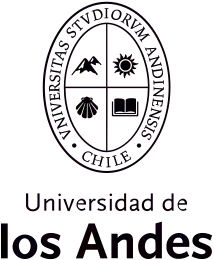 Jaime Anguita obtained his bachelor’s degree and Engineering title in Electrical Engineering from Universidad Católica de Chile. He worked at the European Southern Observatory in the optical detectors team. Later, he obtained the MSc and PhD degrees in Electrical and Computer Engineering at University of Arizona, USA. In 2009, he founded the Optical Communications Laboratory at Universidad de los Andes, Chile, where he is currently a professor. He is a lead researcher in the Millennium Institute for Research in Optics (MIRO), one of the largest grant funds in Chile for associative research. His interests are free-space optical communications, optical channel characterization, modulation and error-correction coding, and quantum communications. He is a member of the IEEE, Optica, and SPIE societies and Chair of the SPIE Laser Communication and Propagation conferenceClose biography
Jaime Anguita obtained his bachelor’s degree and Engineering title in Electrical Engineering from Universidad Católica de Chile. He worked at the European Southern Observatory in the optical detectors team. Later, he obtained the MSc and PhD degrees in Electrical and Computer Engineering at University of Arizona, USA. In 2009, he founded the Optical Communications Laboratory at Universidad de los Andes, Chile, where he is currently a professor. He is a lead researcher in the Millennium Institute for Research in Optics (MIRO), one of the largest grant funds in Chile for associative research. His interests are free-space optical communications, optical channel characterization, modulation and error-correction coding, and quantum communications. He is a member of the IEEE, Optica, and SPIE societies and Chair of the SPIE Laser Communication and Propagation conferenceClose biographyTitle: First trials for a 1-km OAM-based free-space optical communication link at UANDES, Chile
- Abstract: We describe a new laser transmission cabin built at Universidad de los Andes for long-term experiments in the classical and quantum domains, using spatial diversity by means of orbital angular momentum (OAM) and double apertures for single-photon transmission. We present some initial trials using optical vortices as a channel carrier or for signal modulation for a 1-km link. Plans for the next, 3-km test are also describedClose abstract
Page updated on: 20 Jun 2024 - 12:17
Technical Cosponsors
Financial Sponsors
Important dates
Today isMonday, 8 December 2025
Full paper due14 March 2024 Expired
Notification of acceptance23 April 2024 Expired
Final paper submission31 May 2024 Expired
Registration opens1 April 2024 Closed
Early bird registration closes31 May 2024 Closed
Supporting grants application deadlineClosed
Developed by Uniroma3

